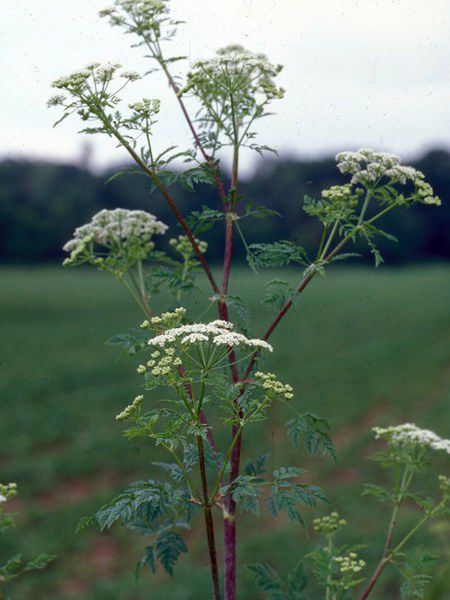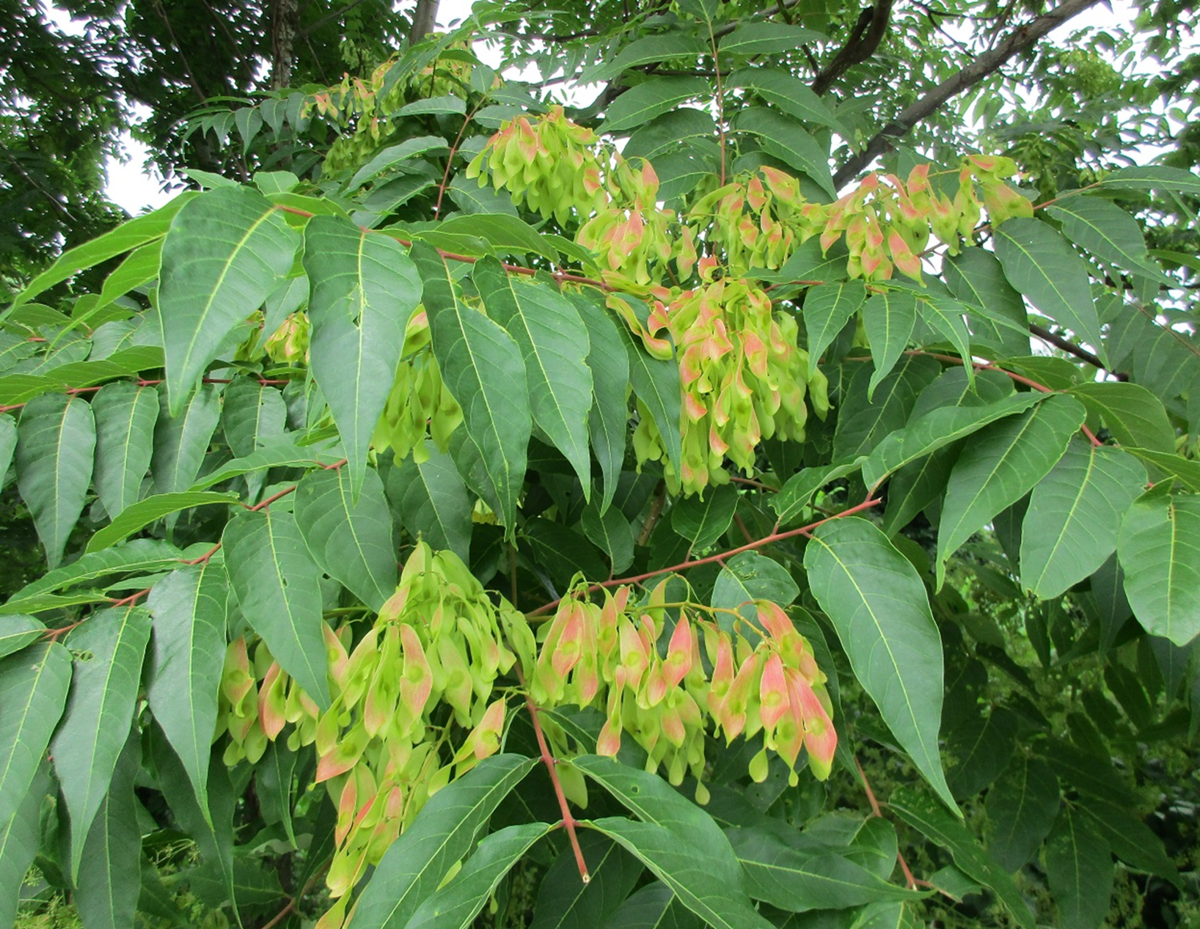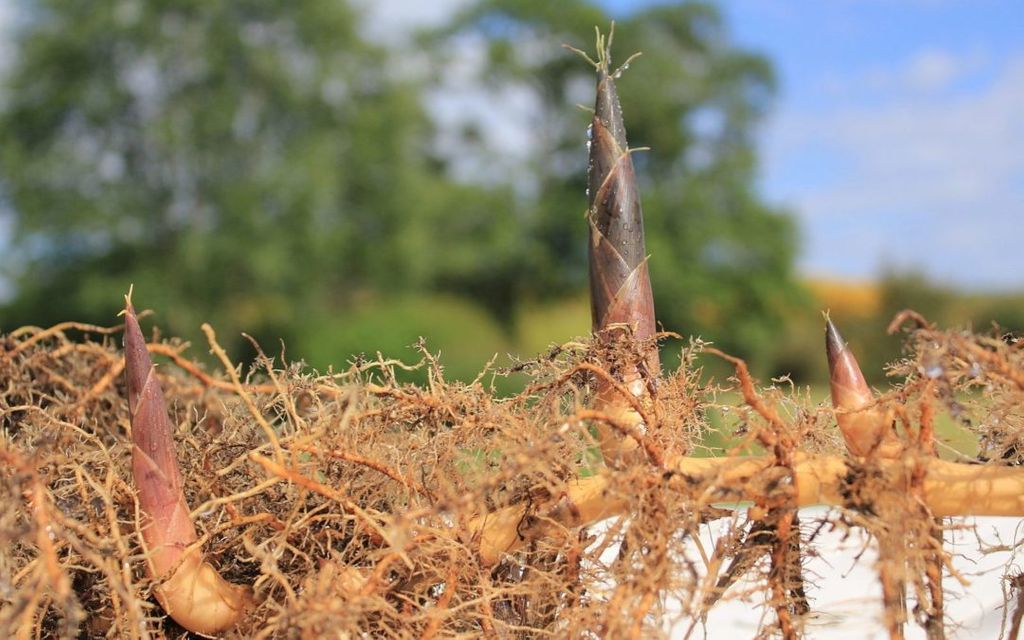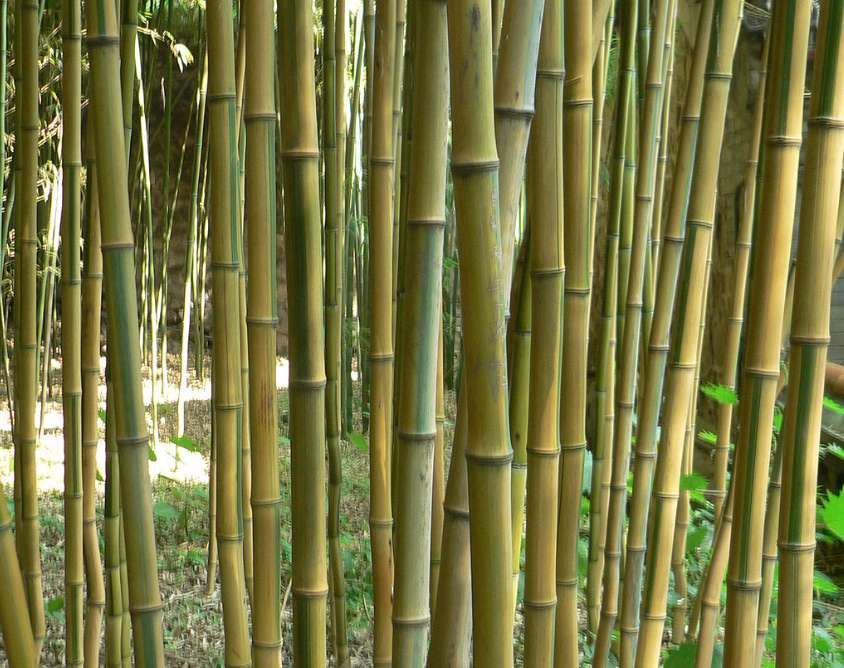Invasive Species Library
This mini encyclopedia will include information about.
Bamboo
Poison Hemlock
Tree of Heaven
We hope that you find it informative.
How to get rid of bamboo: Removing the menace
Authored by - Bambu Batu, The House of Bamboo
Bamboo is a plant like no other. A robust grass that grows faster than any plant on earth, bamboo is unmatched for versatility and renewability. Once those tenacious rhizome roots get a foothold, the plant is all but indestructible. Indeed, they can sometimes become sustainable in the worst sort of way. And should you find that your beautiful bamboo plant is taking over the yard and you want it out, you could be up against a serious challenge. It’s a one-on-one, head-to-head battle: You vs. Mother Nature. So, what’s the trick? How do you get rid of a bamboo plant that’s worn out its welcome?
Bamboo invasion and desperation
The worst bamboo clean-up stories I’ve heard have almost always involved innocent bystanders who bought a piece of land or moved onto a piece of property where the neighbor or previous owner allowed a rogue bamboo plant to run amok. The unknowing new residents were stuck with a beastly chore and a hefty clean-up bill. If you can relate to these unfortunate circumstances, then this article will tell you what you need to know. If you would like more information, please click, here.
Best tips for bamboo containment and abatement
Authored by - Bambu Batu, The House of Bamboo
There’s an old saying among seasoned bamboo growers. “The first year it sleeps, the second year it creeps, and the third year it leaps.” Those wanting a quick spreading hedge or grove in their backyard might be disappointed with their new stand of bamboo after the first 6 or 12 months. But it won’t be long before they’re running for their chainsaws and pick axes, desperate to curtail an out-of-control root system.
When it comes to time make peace with your neighbor, you’re on your own. But this article will help you with the first two issues, bamboo containment and bamboo removal. In the end, this can prevent you from becoming the kind of gardener whose neighbors want to come after them with a bulldozer in the night.
To read the rest of this article, please click, here.
Laws against bamboo in Pennsylvania
Authored by - Bambu Batu, The House of Bamboo
Pennsylvania is the latest scene of a controversy concerning local laws against bamboo. It’s another example of how bamboo’s remarkable sustainability can become problematic. In the township of Lower Merion, community members have acted to enforce the removal of bamboo, sometimes at great expense to property owners.
To read the rest of this article, please click, here.
Poison Hemlock is Aggressively Spreading Across Pennsylvania

Horse and livestock owners should be on the lookout for Poison Hemlock, an invasive weed spreading across the state.
Poison Hemlock is a biannual weed of the Umbelliferae family (parsley), which can grow up to 6 feet tall and has a smooth, hollow stem. The weed can easily be identified by the purple spots on its stems (see photo below) and by its finely divided leaves which resemble wild carrot (also commonly referred to as Queen Anne's lace). Poison hemlock has a musty smell, while the leaves often have a unique parsley smell when they are crushed. This weed has been expanding to new regions in the state and its growth has become more aggressive. The weed can be found growing in fallow areas, fence rows, pastures, roadsides and creeksides.
Learn more by clicking here to read Penn States Article on the subject.
Check out this interesting blog from -  Do you know how to tell the difference between Poison Hemlock and Queen Anne's Lace?
Do you know how to tell the difference between Poison Hemlock and Queen Anne's Lace?
Tree-of-Heaven

Background:
Also known as Chinese sumac, stinking sumac and tree of hell, this tree is native to China. It was brought to Philadelphia in 1784 by an amateur gardener. By 1840 it was commonly available from nurseries. Ailanthus is the subject of the well-known book, “A Tree Grows in Brooklyn,” by Betty Smith. Range:
Tree of heaven is very common in the northeast and Midwest, through parts of the southeast, southwest.
Description:
This rapidly growing tree can reach a height of 80 feet, with up to a six-foot diameter trunk. Leaves are pinnately compound with 10 to 41 leaflets with smooth leaf margins. When crushed, the leaves and other plant parts have a rancid smell like cat urine or burnt peanut butter. Flowering occurs in early summer, when large clusters of yellowish flowers develop above the leaves, Fruit produced on the female trees are tan to reddish, single winged, papery seeds, called samaras. They may remain on the tree throughout late fall.



